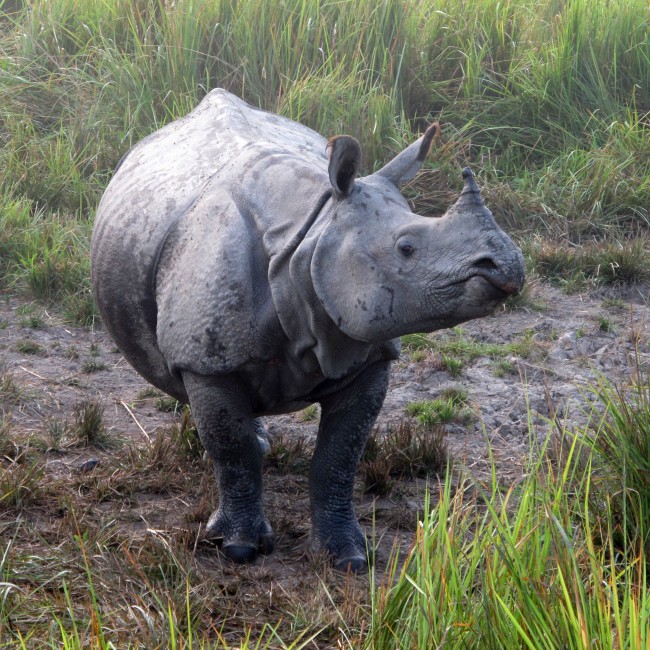
May 22, 2015
Horn of India
- as seen by -
 Paul P. Calle
Paul P. Calle
Kaziranga National Park, a UNESCO World Natural Heritage Site in India’s far eastern Assam State, has a spectacular assemblage of rare and endangered wildlife. These include dozens of species of aquatic birds, vultures, and eagles; monitor lizards; and an array of mammals including tiger, Asian elephant, and the greater one-horned rhinoceros. The seasonal flooding of the plains and grasslands enriches the soil supporting dense vegetation. It provides excellent foraging for herbivorous species, which in turn sustains predators. It also allows for easy wildlife viewing like this very impressive rhinoceros that was calmly feeding.
All Asian and African rhinoceros species face severe poaching pressure, which endangers their very survival. Rhinoceros horn is valued for medicinal purposes in traditional Asian medicine, despite no evidence of therapeutic value. Even in protected areas like Kaziranga National Park, where most of the world’s greater one-horned rhinoceros live, many rhinoceros are killed every year. Dedicated park rangers committed to their protection have also been killed by poachers.
If our children are to live in a world with wild rhinoceros, poaching has to be stopped, or these magnificent species will disappear forever.
Canon G12
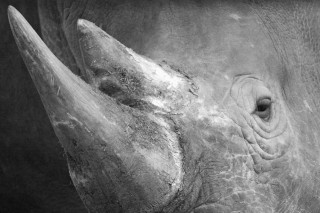
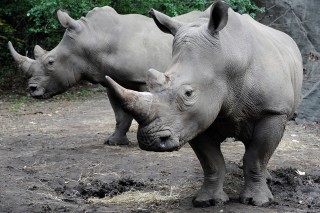
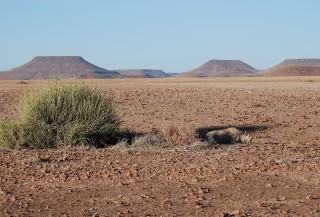
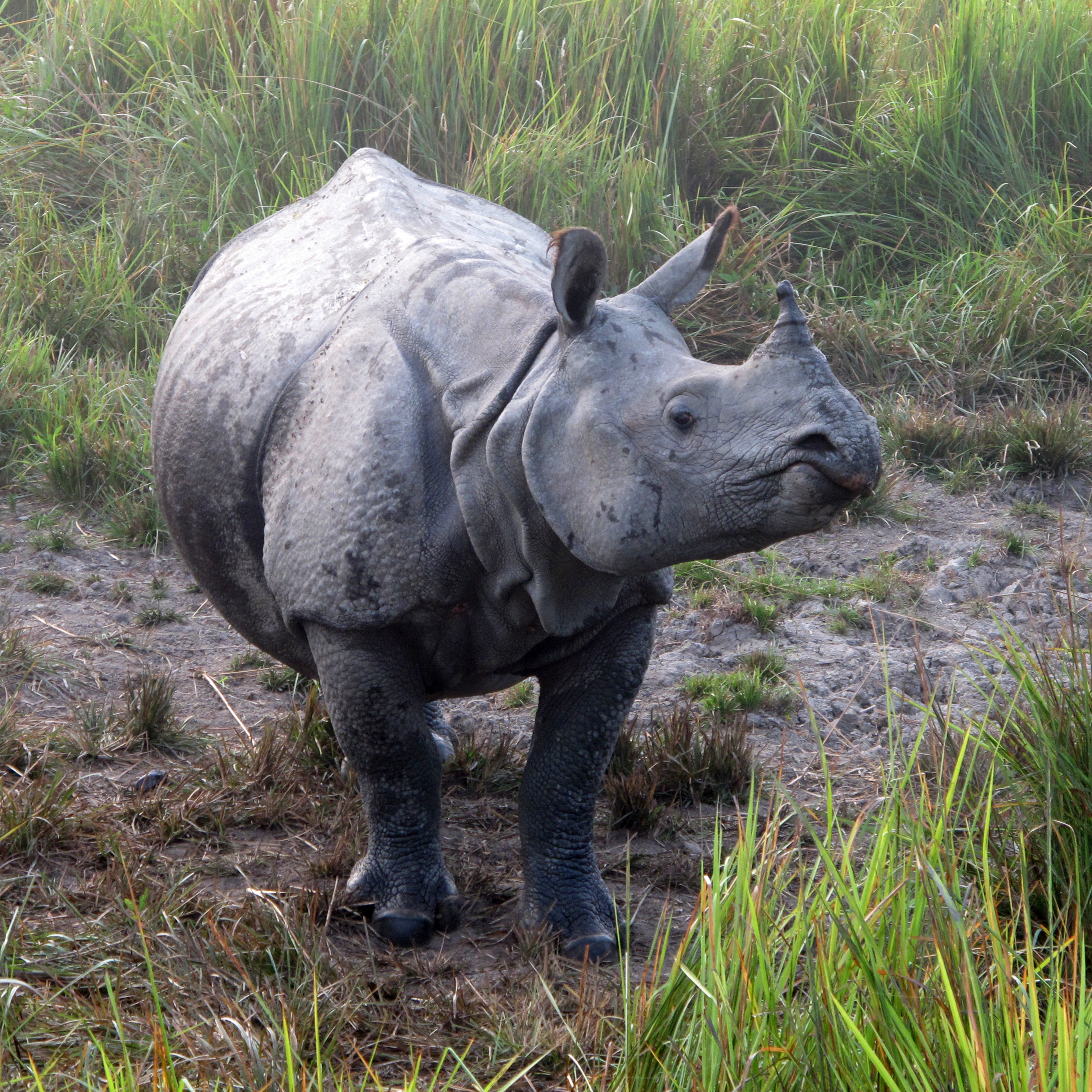
Leave a Comment
Pingback: The Greater One-horned Rhino or Indian Rhino at Kaziranga National ParkTourist in India